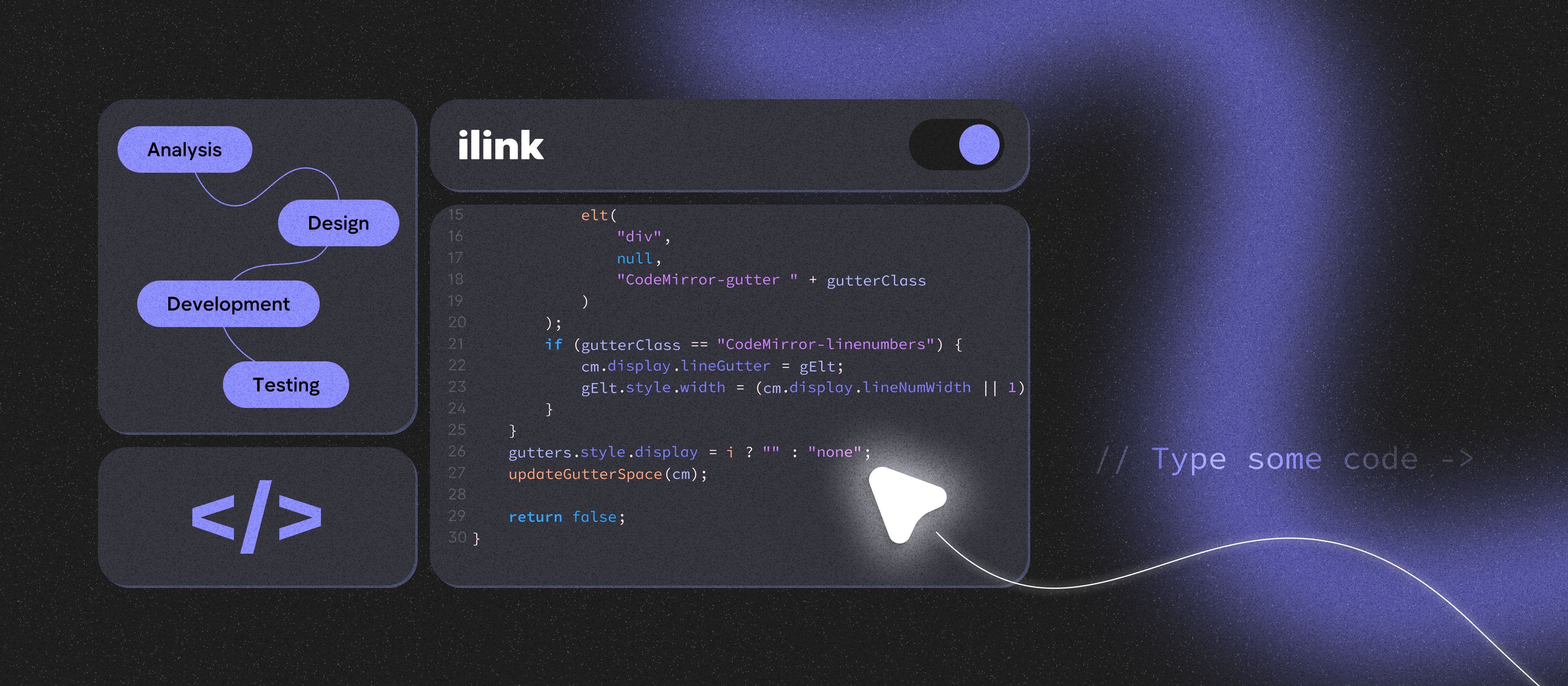How Backend Development Powers Modern Web Applications
Introduction
In the digital age, the efficiency and functionality of web applications are paramount, making backend development an essential area of focus. Backend development involves managing the server-side — the unseen mechanics behind a web application that users don't directly interact with but that drives the functionality of the front end. This article explores the vital role of backend development in powering modern web applications, underlining its importance in creating robust, efficient, and scalable digital solutions.
Understanding Backend Development
Components of the backend. Backend development encompasses three major components: the server, the application, and the database. The server acts as the central hub that receives requests from clients, processes these requests via the application, and interacts with the database to retrieve or update data as necessary.
Key technologies and languages:
Programming languages. Python, Java, and Node.js are foundational to modern backend development, each offering robust frameworks and libraries.
- Python is favored for its simplicity and readability, with frameworks like Django and Flask that expedite the development of secure and maintainable web applications.
- Java is utilized for its strong performance and portability across platforms, with frameworks such as Spring Boot enhancing application development through comprehensive infrastructure support.
- Node.js allows developers to write server-side applications in JavaScript, enabling a uniform programming language across both the frontend and backend, which can streamline development processes.
Frameworks and technologies.
- Django. Known for its "batteries-included" approach, providing an all-encompassing set of tools for rapid development.
- Spring boot. Facilitates the setup and configuration of Spring, a robust framework for enterprise Java development.
- Express.js. A minimal and flexible Node.js web application framework that provides a robust set of features for web and mobile applications.
Development environments. Backend developers often utilize integrated development environments (IDEs) and other tools that support their coding, testing, and deployment processes. Tools like Git for version control, Docker for containerization, and Jenkins for continuous integration/continuous deployment (CI/CD) are integral to modern backend workflows.
Core Functions of Backend Development
Data Management and storage. The backend is responsible for structuring how data is stored and ensuring that it can be efficiently queried and manipulated. This includes choosing the right database management system (DBMS) like MySQL, PostgreSQL, or MongoDB and designing a database schema that optimally supports the application's needs.
User authentication and authorization.
- Authentication is the process of verifying who a user is, typically through login systems that verify usernames and passwords.
- Authorization determines what an authenticated user is allowed to do by managing permissions and access controls.
Server-side logic. This involves writing the functional logic that handles the application's operations, such as:
- Calculating values based on user input and other data.
- Making decisions (e.g., if/else statements) to control the flow of operations.
- Processing data to and from the database and formatting it as needed before sending it to the user.
API development and integration.
- Internal APIs. Facilitate communication between different parts of an application or among microservices within the same system.
- External APIs. Enable integration with third-party services and data sources that can extend the functionality of the application, such as payment gateways, social media integration, or accessing publicly available data for enhanced features.
Performance optimization. Backend developers must continuously optimize the application to handle requests efficiently. This can involve:
- Improving database queries to reduce response times.
- Implementing caching strategies to minimize the load on the database.
- Utilizing load balancing techniques to distribute traffic across multiple servers.
Scalability and security. As applications grow, the backend must scale to support increased loads and concurrent users, all while maintaining security. Implementing robust security measures like data encryption, secure API endpoints, and regular security audits are crucial to protecting sensitive data and user privacy.
Backend and User Experience
Impact on performance. Performance is often directly tied to user satisfaction and engagement. The backend is crucial in optimizing response times and overall application speed through:
- Efficient query handling. Crafting queries that fetch data quickly and efficiently is essential to minimizing wait times for users.
- Resource management. Proper management of server resources ensures that applications perform well even under heavy loads, preventing downtime and slow processing speeds.
Data security and privacy. Given the increasing importance of data security, the backend must incorporate robust security measures to protect user data from unauthorized access and breaches:
- Encryption. Encrypting data both at rest and in transit ensures that sensitive information is always protected.
- Compliance. Adhering to international standards and regulations, such as GDPR, HIPAA, or PCI DSS, depends on the nature of the data and the user base.
Real-time data processing. For applications that require instant feedback, like chat apps or financial trading platforms, the backend needs to support real-time data processing:
- Websockets and HTTP/2. Using modern protocols that allow for faster, more efficient communication between the server and the client.
- Event-driven architecture. Implementing architectures that can handle asynchronous events and notifications smoothly and efficiently.
Customization and personalization. The backend can dynamically tailor the user experience based on individual user preferences and behavior by:
- User profiling and analysis. Gathering and analyzing user data to customize interfaces and recommend content.
- Dynamic content delivery. Adjusting what content is delivered based on user settings, location, and past interactions.
Trends in Backend Development
Microservices architectures. The shift towards microservices from monolithic architectures allows organizations to deploy and scale parts of their applications independently, improving flexibility and reducing the complexity of updates:
- Containerization. Tools like Docker and Kubernetes facilitate the deployment and management of microservices, making them easier to scale and maintain.
Serverless computing. Serverless computing continues to gain traction as it allows developers to focus on writing code without worrying about the underlying infrastructure:
- Cost efficiency. Resources are utilized only when the code is executed, which can significantly reduce operational costs.
- Scalability. Automatically adjusts to handle the load, which is perfect for applications with variable usage patterns.
DevOps integration. Integrating development and operations streamlines workflows, which speeds up development cycles and improves the reliability of applications:
- Continuous integration/continuous deployment (CI/CD). Automates the testing and deployment of code, reducing the chance of human error and enabling frequent updates.
AI and machine learning integration. Incorporating AI and ML into backend systems allows for more intelligent applications and services:
- Automated decision making. From personalized content recommendations to optimized search results, AI algorithms can process vast amounts of data to enhance decision-making processes.
- Predictive analytics. AI models can predict trends and user behavior, enabling proactive adjustments to application performance and resource allocation.
Blockchain technology. As security and transparency become more critical, blockchain is being explored for its potential in various backend applications:
- Secure transactions. Particularly in applications like finance and supply chain management, where security and transparency are paramount.
- Decentralized storage. Reduces risks associated with centralized data management and enhances data integrity.
Backend development remains at the heart of web application functionality. As technologies evolve, the backend must continuously innovate to support the ever-increasing demands of modern web applications. The future of backend development holds promising advancements, with AI, machine learning, and serverless computing leading the way toward more dynamic, responsive, and efficient web applications.
Comments (0)
Latest Posts
When a business should create own cryptocurrency? In this article, we'll discuss the types of cryptocurrency, how to launch, and where crypto generates the most income.
Why businesses need custom web solutions designed for growth - From profitable SaaS platforms to fintech and marketplaces.
Do You Havw Any Questions?
Leave your details - we will contact you to answer all your questions




